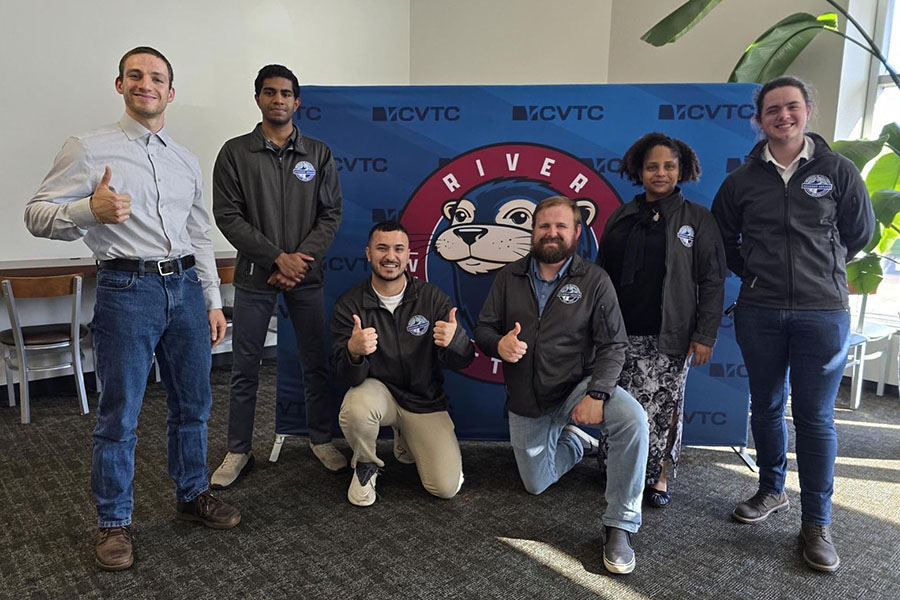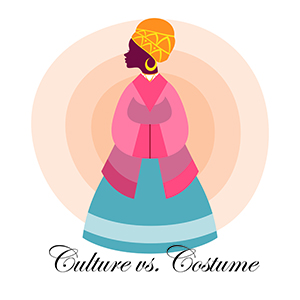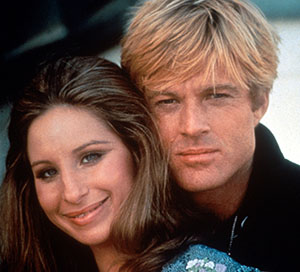Ender’s Game was a better book than movie
November 5, 2013
Ender’s Game – the book – has claimed a classic spot on the shelf of science fiction for the past two decades. The movie adaptation however, will hopefully sink into forgotten-ness within a few years.
As a long time fan of the literature, I entered the theatre determined not to let my love of the book make me overly critical of anything I saw in the movie. This would be an entirely different experience, I said. And it was, just not in a good way.
Ender’s Game is hero tale. An insect-like alien species attacked Earth 50 years prior and was beaten and left. Now present day, children are recruited by the international space military to attend rigorous training in preparation for the next imminent alien invasion. Ender is selected for his strategic brilliance, and travels above the atmosphere to learn to fight the enemy. The movie follows the books basic plot and character outlines. Perhaps this is all that should be asked of a Hollywood adaptation.
However, all of the nuances, the multidimensional characters and internal motivations were stomped out and replaced with blunt metaphors and screaming drill sergeants. The plot followed the book chronologically, but even with a runtime of 114 minutes, the film did not show the events/dialog/passage of time necessary to build the action between plot points. Viewers of the film who have not read the book may be confused. Viewers who have the read book will have an easier time following the plot as it rapidly flies through the shallow development of Ender and his friends.
But in 2013, CGI can make anything beautiful. The visual effects make the film worth considering, especially for fans wondering what Battleschool looks like. The most exciting days for trainees at Battleschool are game days, where scrimmages of child armies take place in zero gravity. A large screen is a must for this theatre experience.
The movie themes explore deep issues, like the effect of violence in children, and the willingness to sacrifice everything for the possibility of salvation. Environmental awareness is thrown in too, though randomly, and not at all in the line of the book. The alien invaders, the Formics, attacked Earth in search of water after deteriorating their own planet’s supplies.
The cast is strong and Asa Butterfield plays the title character Ender. Butterfield will grow into the dramatic role as the franchise continues. The acting was as good as the script allowed it to be. Harrison Ford returns to space as the Colonel Graff, Ender’s recruiter to Battleschool, and liaison to the international government on Earth. Graff is ultimately concerned with the continuation of the human species, and will stop at nothing to make Ender into the commander needed. His dogged resolve to nearly break Ender is balanced by Major Anderson (played by Viola Davis) who is legitimately concerned with Ender’s mental and physical wellbeing. Abigail Breslin is briefly featured as Valentine Wiggin, Ender’s older sister.
The ending was most unsatisfying. Confusing and mystical, I could barely make sense of it, let alone those who may not be as intimately familiar with the conclusion of the text. The film closed on a obvious start to a sequel, a cringe-worthy thought after witnessing this rendition. The books get more complicated and less battle driven as the story continues, Ender has at least 12 books written within his universe, so there are years of movie possibilities to come.
I could recommend this film as a companion to the book, mostly for the enhanced imagination it could bring to a readers visualization of the text. For those new to the series, stay home, read the book and listen to the newly released audioplay.































